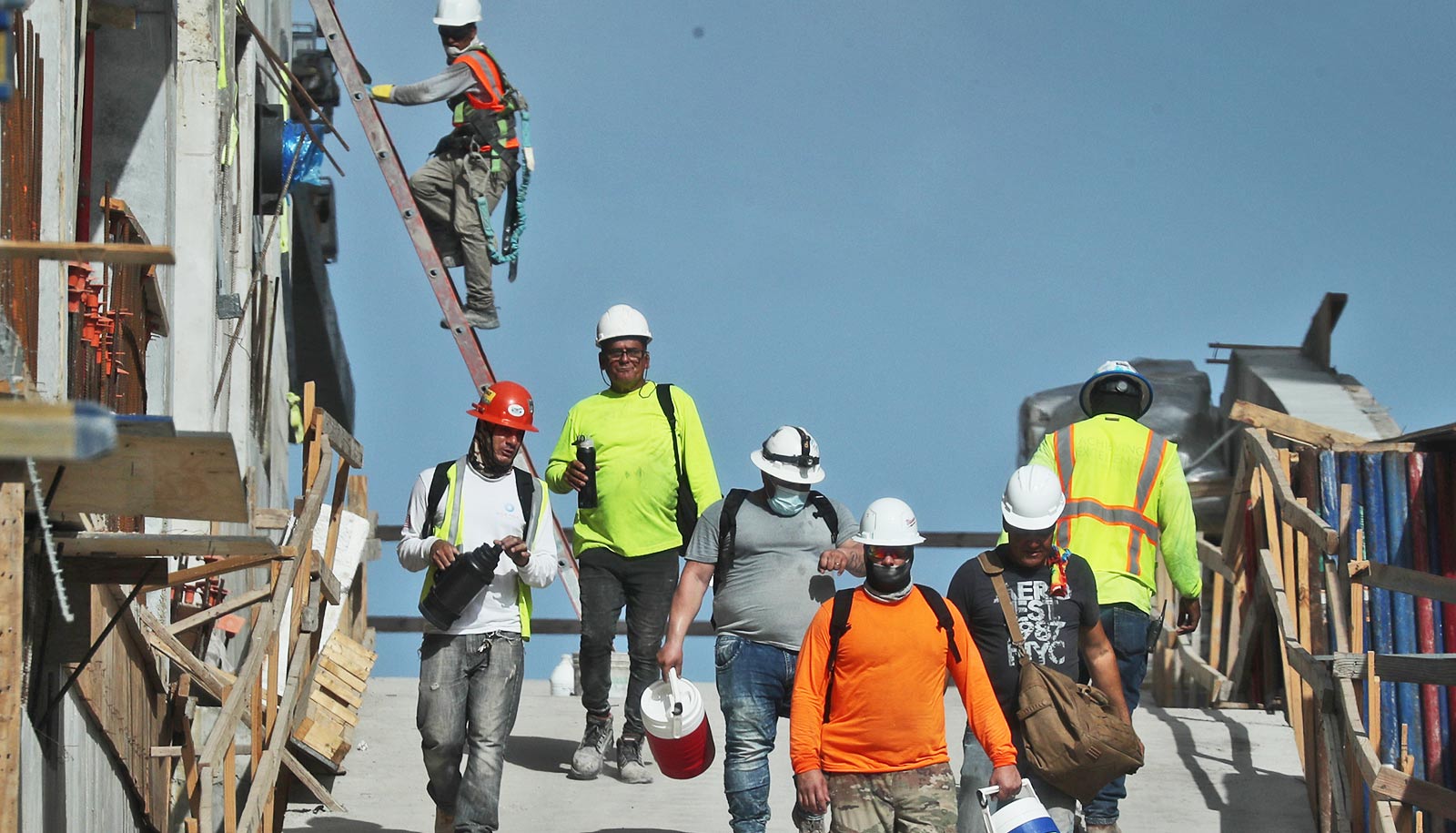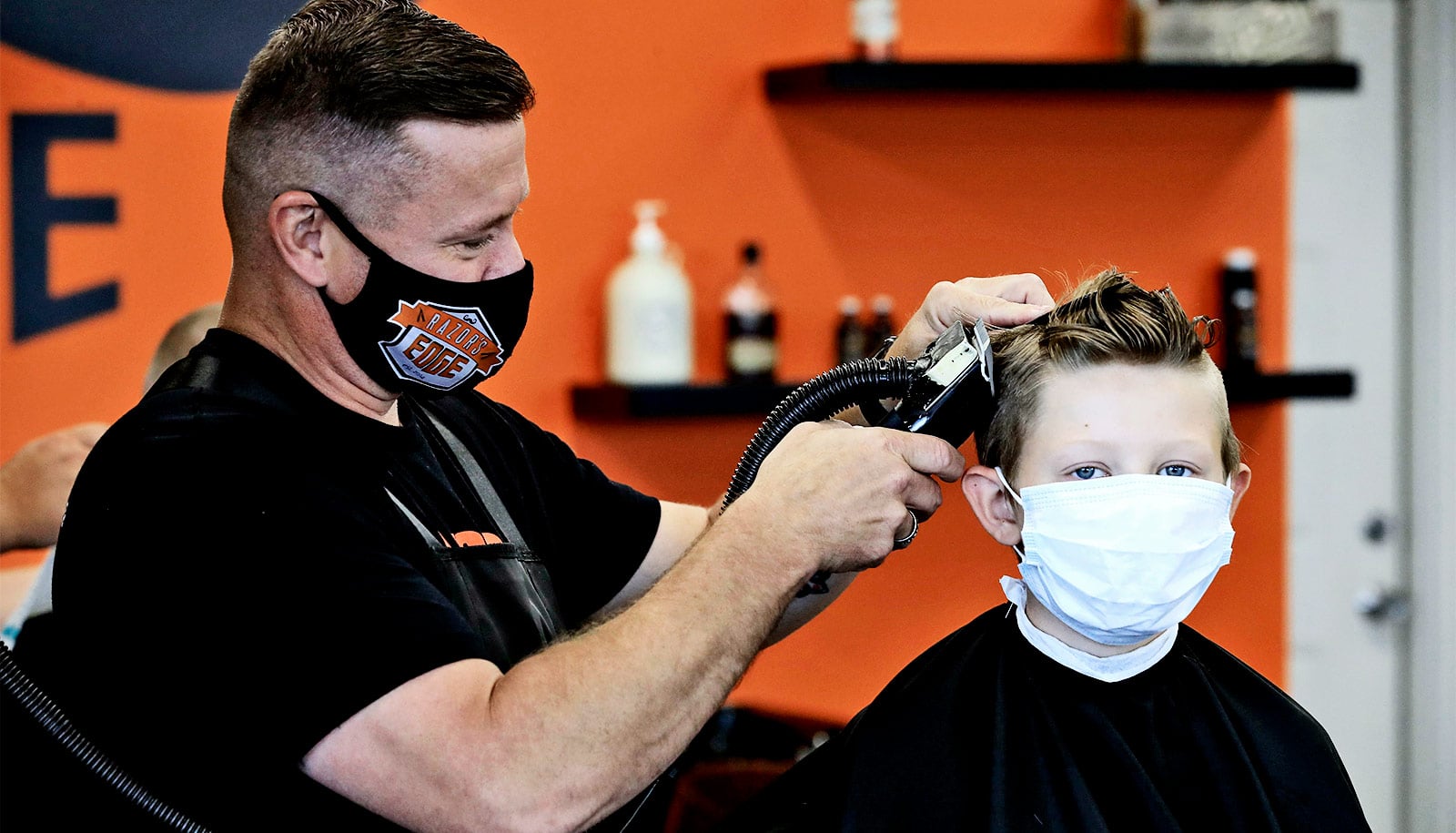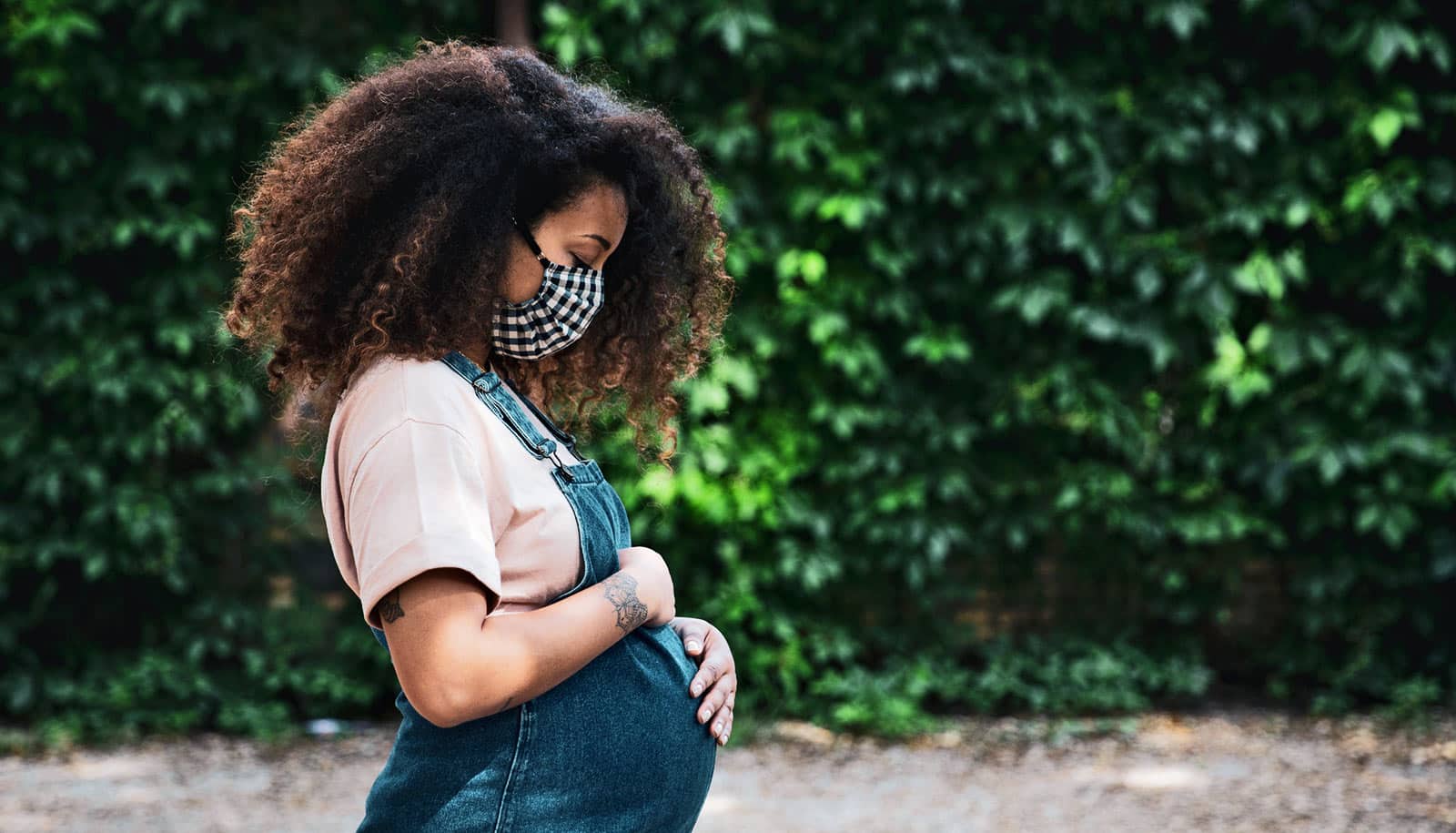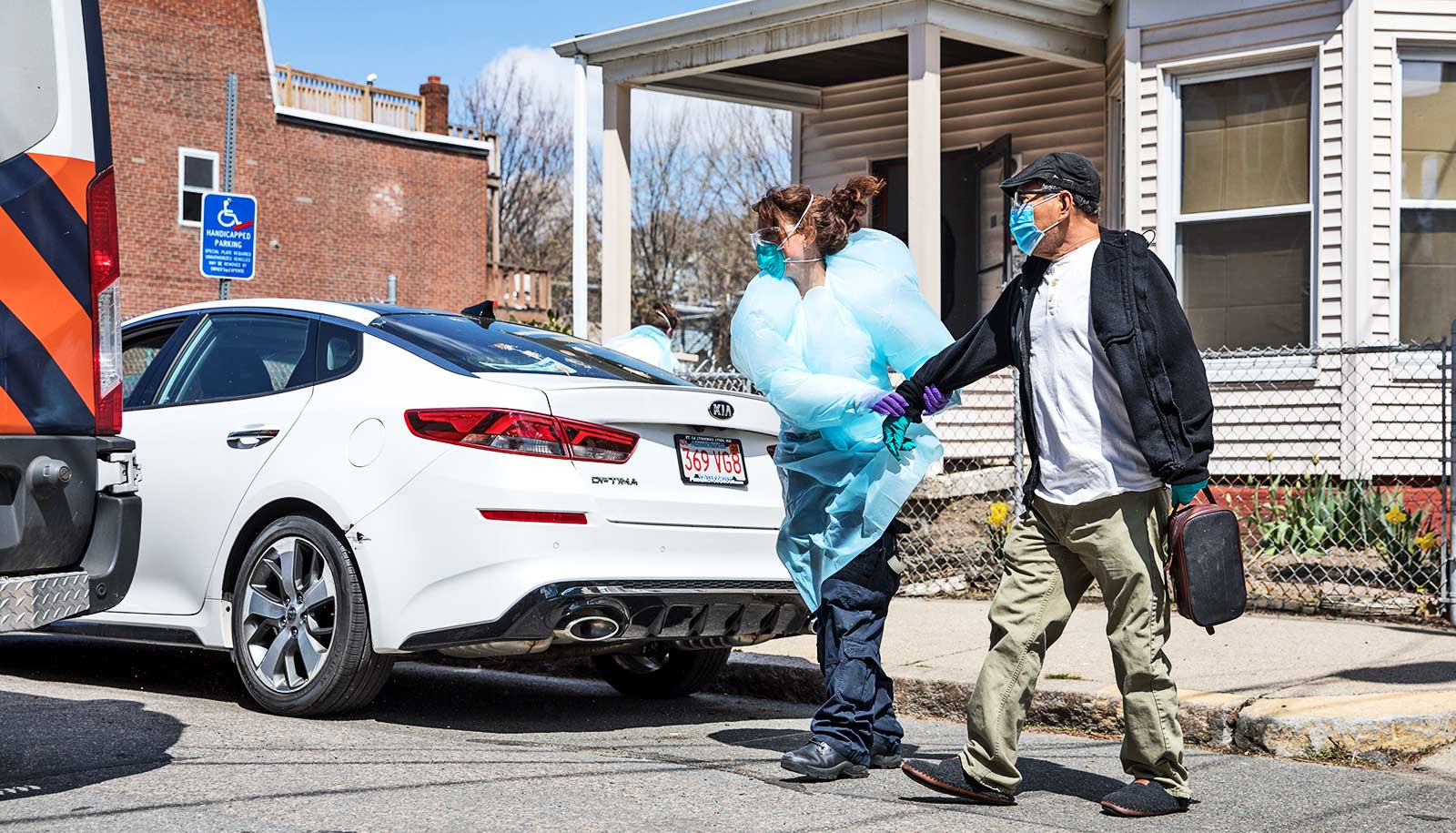Construction workers have a much higher risk of hospitalization with COVID-19 than do people with other jobs, according to a new study.
Analyzing data from mid-March to mid-August on hospitalizations in Austin, Texas, the researchers found that construction workers there were five times as likely to be hospitalized with the coronavirus as workers in other occupations. The finding closely matches forecasts the team, the University of Texas at Austin COVID-19 Modeling Consortium, made in April.
The current study is, to the authors’ knowledge, the first to compare COVID-19 hospitalizations of construction workers to non-construction workers. An earlier study by the CDC reported that the construction sector was ranked number two in frequency of workplace outbreaks in Utah.
Construction workers and COVID-19 risk
According to the researchers, the higher vulnerability for construction workers probably stems from the continuation of construction work throughout the pandemic, even during stay-home orders and other community-wide mitigation measures. The nature of the work exacerbated the risks due to close contact with others, practices by employers, and demographic factors.
“It doesn’t necessarily mean we need to stop construction work,” says Lauren Ancel Meyers, a professor of integrative biology and director of the consortium. “It means we need to go to great lengths to ensure the health and safety of workers when they do go to work.”
Encouraging basic precautions such as mask wearing and physical distancing on the work site would help, the authors note, as would having governments or employers offer workers paid sick leave and other incentives to stay home when they have a known exposure or have mild symptoms, to help mitigate risk.
In addition, regular work site-based surveillance COVID-19 testing (with effective tracing and isolation of detected cases) can help prevent spread.
‘Overlapping risks’
In central Texas, construction workers are disproportionately Hispanic, and many of them are uninsured or in close contact with people who have limited access to health care. Compared with the general population, they also experience more underlying health conditions linked to severe cases of COVID-19, are more likely to have more people in the home, and may feel pressure to work even when they don’t feel well for socioeconomic reasons.
In Texas, COVID-19 has disproportionately affected Hispanics, who account for about 40% of the state’s population but 56% of its COVID-19 fatalities, according to the latest data from the Texas Department of State Health Services.
“These workers face many overlapping risks and are being exposed at a time when less vulnerable populations are able to stay home,” Meyers says.
Across the US, construction workers are disproportionately Hispanic: 17.6% of all workers are Hispanic or Latino, yet 30% of construction workers are Hispanic or Latino, according to the US Bureau of Labor Statistics.
The results appear in the journal JAMA Network Open.
Work sites and hospitals
In their earlier study delivered in the spring, at the request of the City of Austin, the team analyzed the risks of allowing construction work to continue during the pandemic. (On March 31, Texas Governor Greg Abbott declared all construction essential and permissible statewide, overriding earlier local restrictions.) At the time, the team projected that construction workers would have a 4 to 5 times higher rate of hospitalization than non-construction workers—a prediction the new paper bears out.
“From mid-March to mid-August, the elevated risk of COVID hospitalization among construction workers matched our model predictions almost to a T,” says coauthor Remy Pasco, graduate student in the Meyers lab. “The rise in COVID-19 hospitalizations among construction workers suggest that the virus has been spreading at work sites, and more should be done to protect the health and safety of the workers.”
Their model also predicted that continued construction work would increase the rates of hospitalizations among the general public because of increased transmission from construction workers, but with current levels of contact tracing, that is much harder to measure and validate, Meyers notes.
The study’s other authors are from UT Austin and Dell Med. The work had support from the US Centers for Disease Control and Prevention and the National Institutes of Health.
Source: UT Austin



